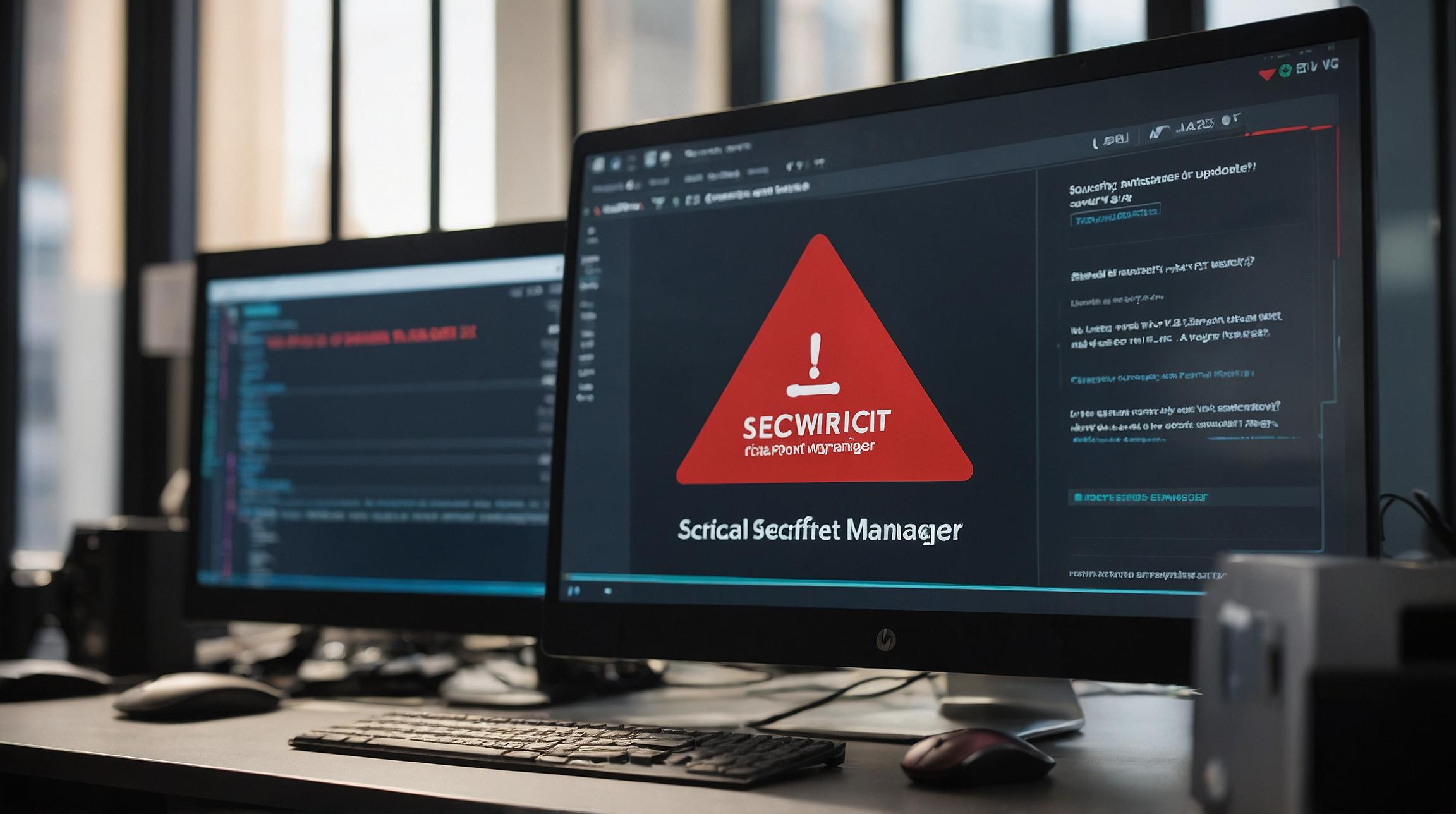Can Pakistan’s Allies Help Revive Its Economy Through Investment Dollars?
Islamabad, Pakistan — Amidst a series of visits over the past three months, Pakistan Prime Minister Shehbaz Sharif has sought to persuade the nation's three closest allies—China, Saudi Arabia, and the United Arab Emirates—to invest in Pakistan's ailing economy, which is desperately looking for signs of recovery.
Special Investment Facilitation Council (SIFC)
In June last year, under Sharif's first term, the government established the Special Investment Facilitation Council (SIFC), a high-powered body of Pakistani civilian and military leaders. The council aims to promote investment in Pakistan.
Visits to Saudi Arabia
Since taking office for the second time in March, Sharif visited Saudi Arabia twice in April. Senior Saudi officials, including the defense and foreign ministers, reciprocated with visits to Pakistan. A 50-member Saudi business delegation also attended an investment conference in Pakistan in May.
During his meetings with Saudi Crown Prince Mohammed bin Salman, Sharif explored the possibility of a $5bn investment package.
“We have identified areas of cooperation, both at the government and business levels. We now have a clear-cut way forward,” he told Al Arabiya TV news in May.
Visits to UAE
Sharif made a one-day visit in late May to the UAE, meeting President Sheikh Mohammed bin Zayed Al Nahyan. Following the meeting, the Pakistan Prime Minister’s Office announced a $10bn investment commitment.
However, concrete details about the sectors for investment and the timeline remain unclear.
Visit to China
Sharif’s five-day visit to China in June is considered the most critical. Accompanied by military chief General Syed Asim Munir, Sharif had meetings with Chinese President Xi Jinping and other leaders in Beijing.
This visit was crucial because of growing economic ties and security concerns, especially after the attack on a bus carrying Chinese engineers in Pakistan, which killed several Chinese nationals.
The trip resulted in 23 Memorandums of Understanding (MoUs) being signed between the two nations, though no specific agreements were prioritized.
What Does Pakistan Need to Do?
Since the SIFC’s creation, Pakistan has attracted $1.45bn in investments, a mere 8.1% increase from last year. Analysts warn that political instability and structural issues prevent the realization of these investments.
Umer Karim, an associate fellow at the King Faisal Center for Research and Islamic Studies, attributes the lack of investment in large part to political instability.
Economic analyst Uzair Younus supports this view, stating that domestic reforms are necessary to build confidence among both domestic and foreign investors.
Khurram Husain, a Karachi-based economist, mentions that while Pakistan seeks more cash-based support from bilateral creditors, the focus should be on managing its external debt.
The analyst adds that facilitating local investors should be a priority, which could then pave the way for foreign investments.
Conclusion
Pakistan’s economic recovery depends on significant foreign investment and internal structural changes. While recent visits to China, Saudi Arabia, and the UAE show promise, the country must first stabilize its domestic environment to attract and sustain these investments.
Bold and strategic moves, both internally and externally, are crucial for Pakistan's economic revival. The government must focus on creating a secure and stable political landscape to attract and sustain the much-needed foreign direct investments from its global allies.
Key Takeaways
- Pakistan is in dire need of foreign investment to stabilize its economy.
- Recent high-level visits to China, Saudi Arabia, and the UAE aimed at securing investment commitments.
- Political instability and structural economic issues are major deterrents.
- Domestic reforms are critical for attracting both local and foreign investors.
- Establishing a stable and secure political environment is essential for long-term economic growth.













